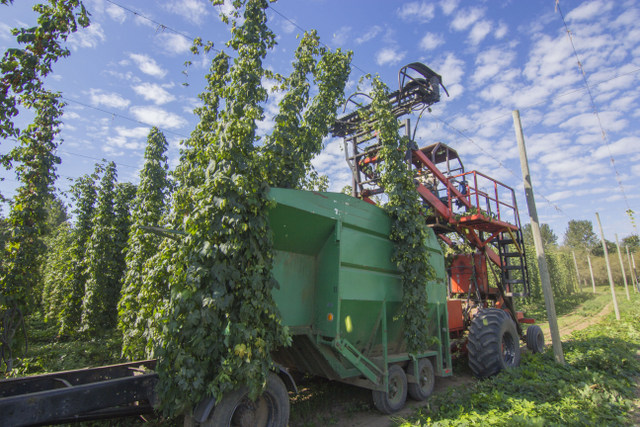
That bag of hops is not just 44 pounds of pelletized flavor and aroma. That bag is a journey. It’s a winter of hard field work, a spring of hope, a summer of unpredictable rain and a fall of harvest worry. It’s actually quite a long, risky and competitive adventure, and it’s a story that should start worrying craft brewers. The growing demand for hops from global breweries, unpredictable weather and it being a broker’s market are factors definitely increasing the pressure and price for craft brewers. It’s nothing new: We’ve been talking about a hop shortage for some time.
Let’s just take a look at the United States: Almost all of the nation’s commercial hopyards are located in just three states: Washington, Oregon and Idaho. The preliminary 2015 value of production of the United States hop crop was $345.4 million, up 33 percent from the revised 2014 value of $260.6 million. Growers across the United States, including Idaho and Washington, realized record high prices in 2015. Why? Increased demand, weather and increased value are all attributing to higher production and a shift from Alpha varieties to Aroma varieties, which are higher in value. Specifically, increased demand from the craft brewing sector has helped increase prices and availability for hops.
But it could be worse. You could be brewing in Europe. We quote this Forbes article:
So, with expanding craft breweries and growing fan base in the balance, what’s at risk in the face of a hops shortage? News outlets in the U.K. have reported that some types of European hops have spiked up to 50% in price and other varieties have become five times more expensive or even unavailable due to a dry and hot summer in Germany, a major European grower. Worldwide, there’s been a 40% decline in the hops harvest. Some have predicted a similar strain on U.S. growers, but experts say U.S. beer lovers will be just fine due to the way hops are grown and purchased in the states compared to Europe.
Contracts and relationships are where it’s at for securing quality hops in America. Starting a solid, long-term relationship with a hop broker and/or farmer is paramount. When the harvest is bad, a great broker will steer you in the right direction. If a hop varietal is next to impossible to get, a great broker will get it for you. But the caveat is you need to have a longstanding relationship. If your reputation is to go shopping different brokers every year, you aren’t going to be treated like family. We don’t see hop supplies catching up to demand for another three to four years. It is a seller’s market, and startups are going to be competing with the big boys that have locked in five-year supply commitments.
In today’s modern brewing world, there are many different varieties of hops to choose from. Some varieties have massive acreage allocations while some have very small acreage allocations. Some varieties are grown in the United States, while others are grown in Germany, New Zealand, Australia, Czech Republic, France and United Kingdom. With so much demand for new varieties, it’s hard to know when and how much to purchase for a brewing year. It’s important to understand that hops planted and harvested this year aren’t available to use until next year.
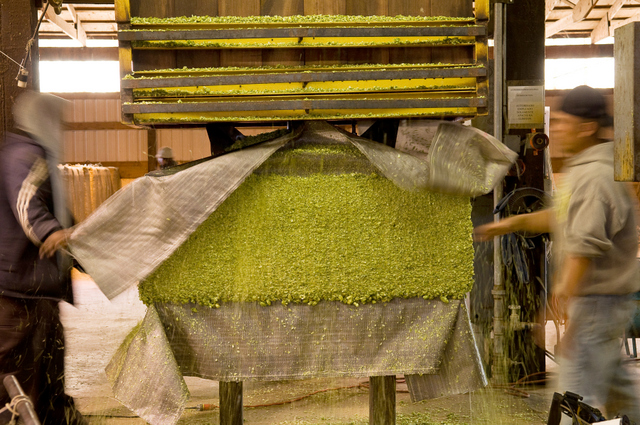
Hop contracting will ensure that you are allocated the amount needed for a given crop year. There are many different hop brokers and growers that can provide access and information about hop contracts. Choosing the variety and amount needed depends on a few key factors. Are you a brewpub or production brewery? Has your brand realized consistent growth? Do you anticipate creating new recipes in the future? Contracting three to four years in advance is a standard practice — especially considering the weather issues we’ve have lately. From the Forbes article:
“Everyone was certainly hit and we didn’t see the full yield we see on average because of climatic issues,” says Jaki Brophy, communications director at the Washington Hop Commission, part of the USAHOPS organization. However, Brophy points out that the majority of U.S. craft brewers use contracts to secure their hops from farmers. “The contracts [from last year’s harvest] were covered, it’s the spot market that’s going to be tight.” The spot market is a system for buying surplus hops or those left over after contracts are filled and it allows breweries to buy more if they underestimated their need. While the majority of small and large brewers use contracts, some don’t. “The spot market isn’t as plentiful as before but this isn’t a big issue,” she says. Ultimately, craft breweries with contracts should be fine, but those that rely on the spot market may have a harder time securing the buds they need to brew.
Beware of the spot market. It might seem scary to sign expensive contracts that haven’t been planted yet, but this ensures that the hop growers plant the proper acreage to supply the demand. Believe us, it will be a lot more expensive to try and purchase hops on the spot market after the fact. And most times, you won’t find the varieties you want. So be prepared for the future growth of your popular brands and be proactive about hop contracting to ensure your brewery can brew and grow for years to come.

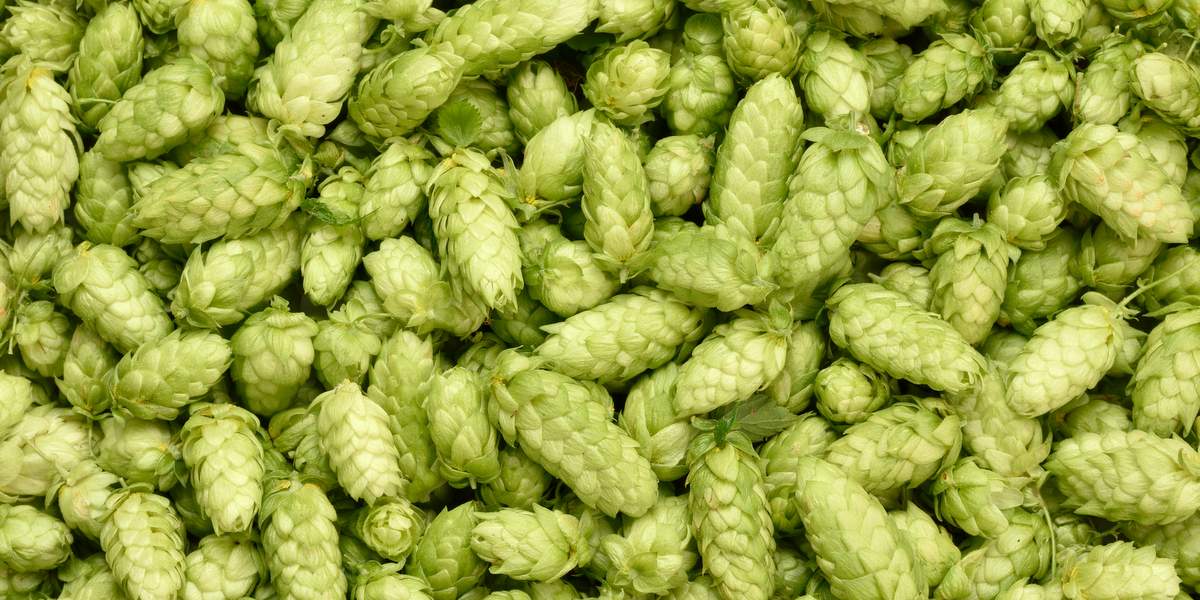
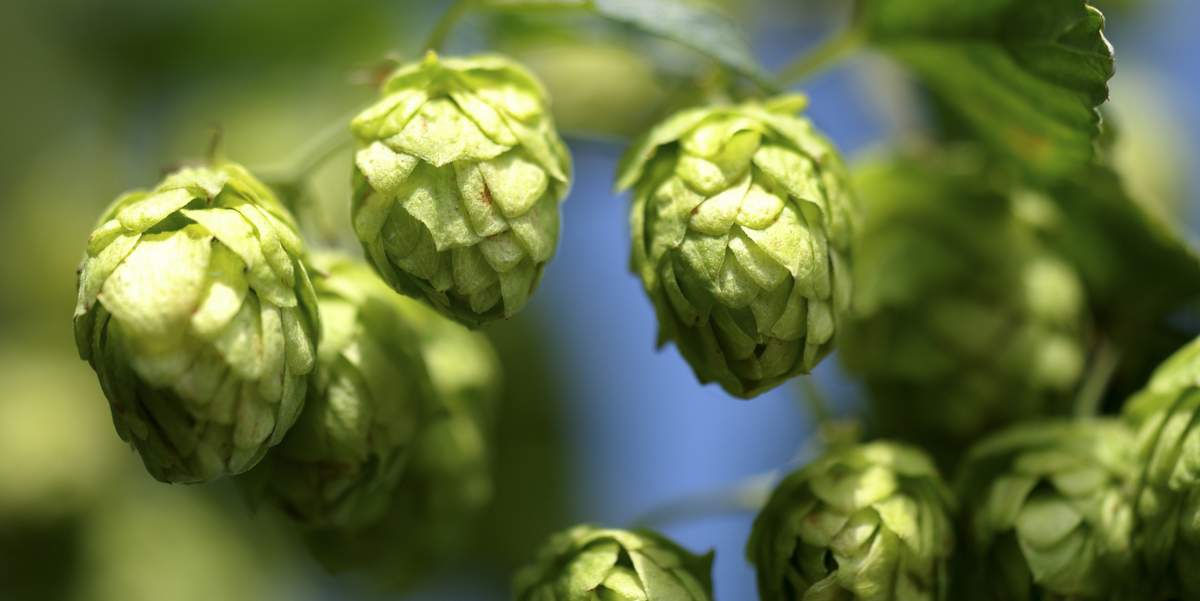
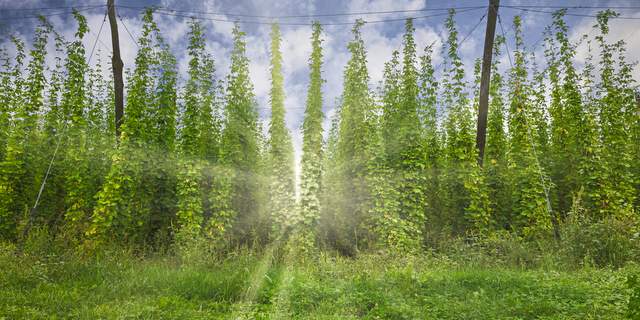
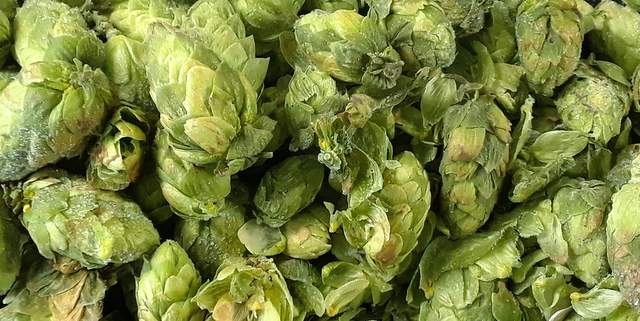
HC Kim liked this on Facebook.
Ed Griffith liked this on Facebook.
Anna Brown liked this on Facebook.
Paul Speed liked this on Facebook.
Hong Jinho liked this on Facebook.
Al Castillo liked this on Facebook.
Evan Puckett liked this on Facebook.
Kenny Ronald Graley liked this on Facebook.
Hector Ferreira liked this on Facebook.
@CraftBrewingBiz great write up!